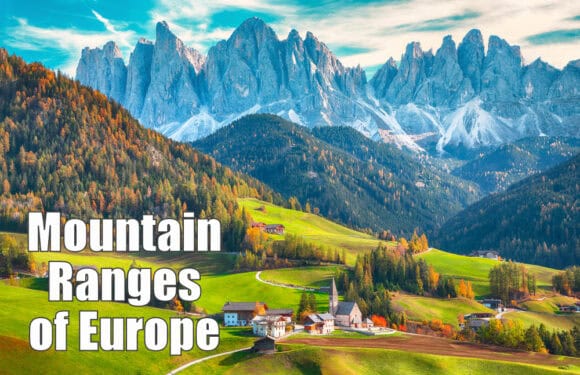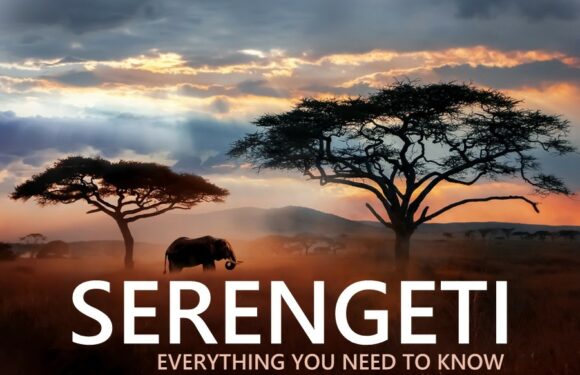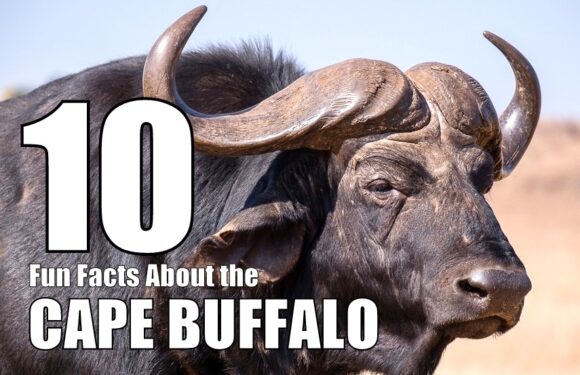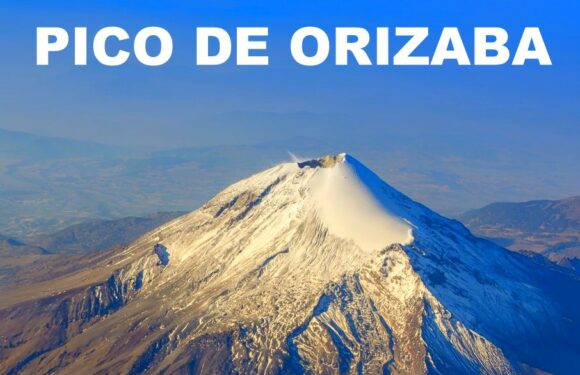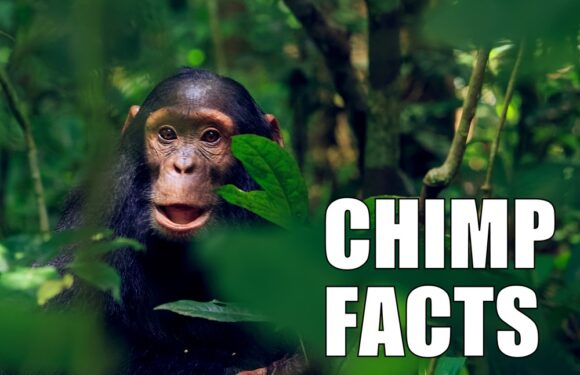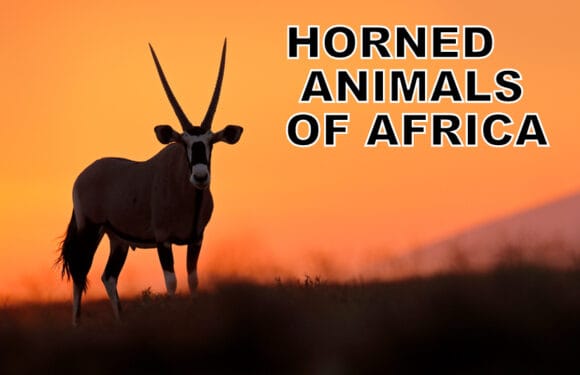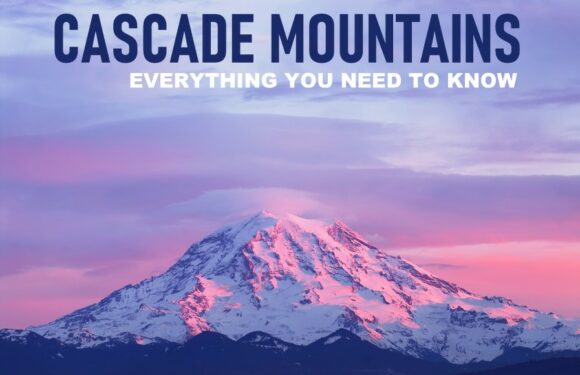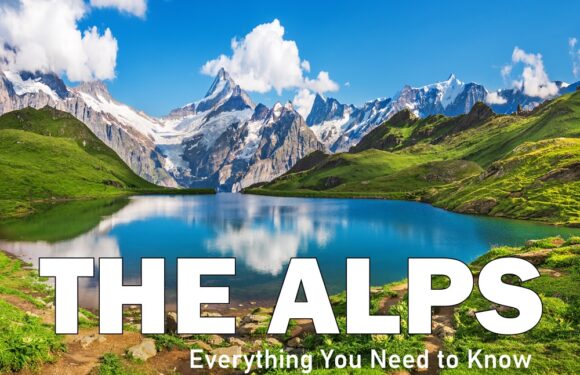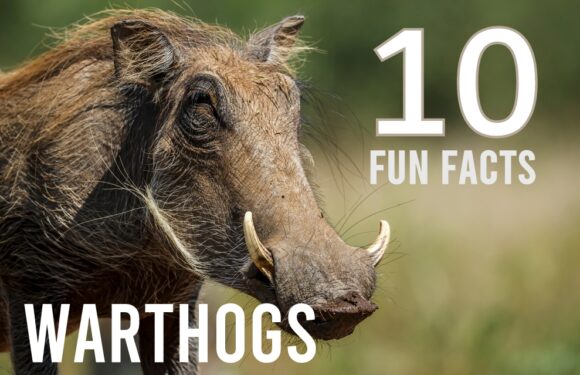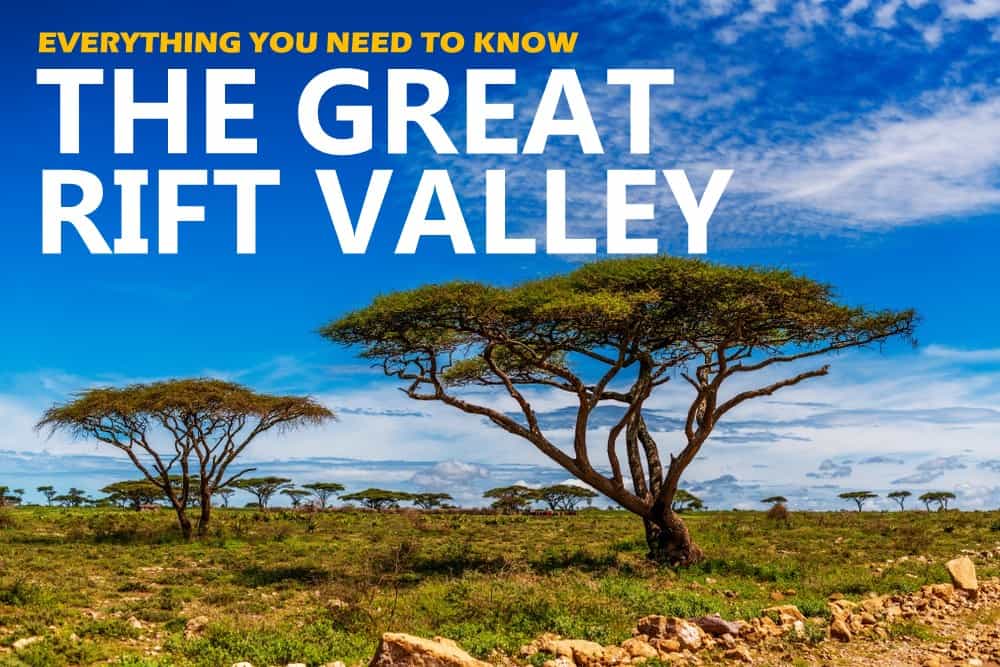
What is Great Rift Valley?
The Great Rift Valley is a fault line or crack in Earth’s surface that runs along part of East Africa. The valley is part of a larger feature called the East African Rift System.
In geological phenomena, the East African Rift stands out as one of the most intriguing and significant. Stretching over thousands of miles, this valley is not just a geographical landmark but a cradle of biodiversity, human evolution, and geological intrigue. It’s one of the most significant land formations on the planet and is visible even from space.
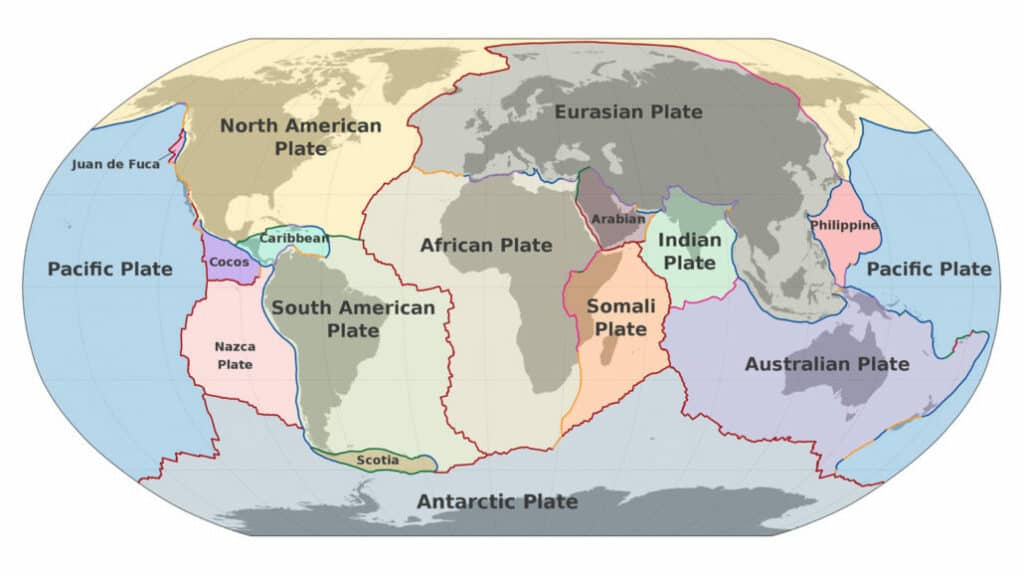
The East African Rift is the result of tectonic plate movements. Tectonic plates are large slabs of rock that divide Earth’s crust. There are seven major plates: African, Antarctic, Eurasian, Indo-Australian, North American, Pacific and South American. These tectonic plates have been slowly moving for about 3.4 billion years.
The continent of Africa is splitting apart in two. The Somalian plate is pulling away from the rest of the continent, known as the African plate or Nubian plate, at a rate of 6-7 mm per year. This crack is known as the East African Rift. The East African Rift is a tectonic plate boundary zone, the area between the Somalian plate and African plate that are moving apart.
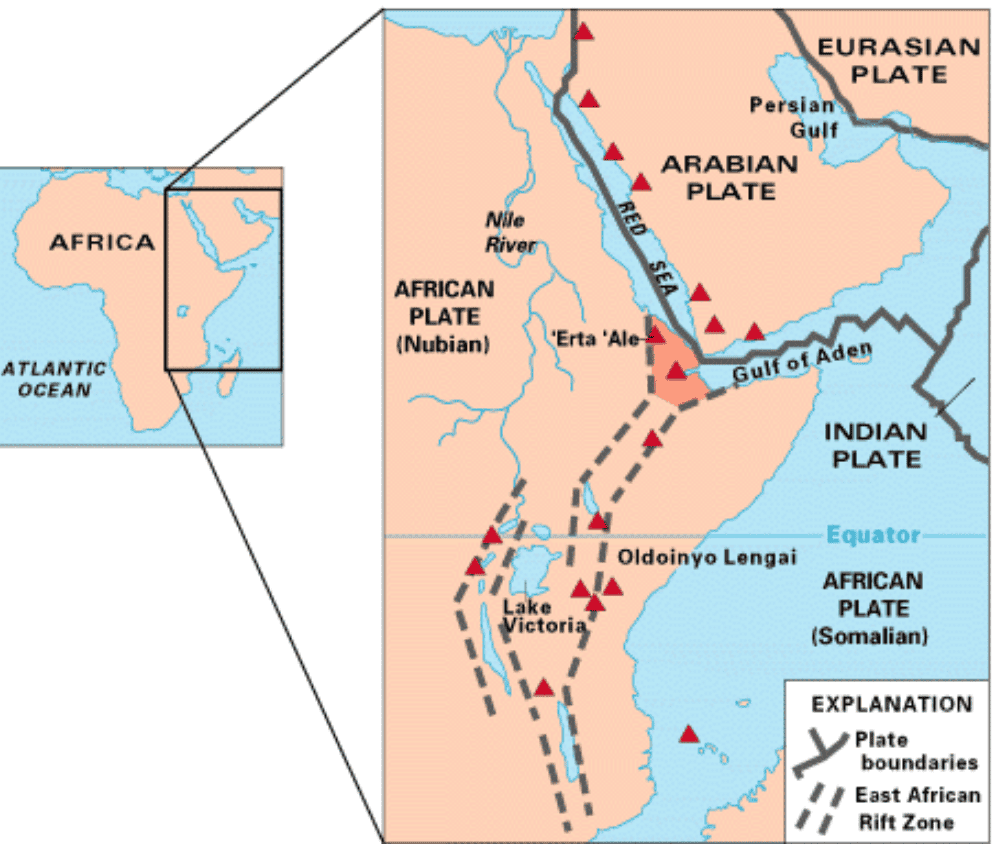
The terms “East African Rift” and “Great Rift Valley” are often used interchangeably, but they refer to slightly different aspects of the same geological feature.
The East African Rift includes the entire rift system comprising several rift valleys, fault lines, volcanic activity, and other geological structures associated with tectonic plate movements. The term “Great Rift Valley” more specifically refers to the depressions or valleys created by the rifting process. It is a component of the larger East African Rift system.
The Great Rift Valley is also referred to as the “East African Rift Valley.”
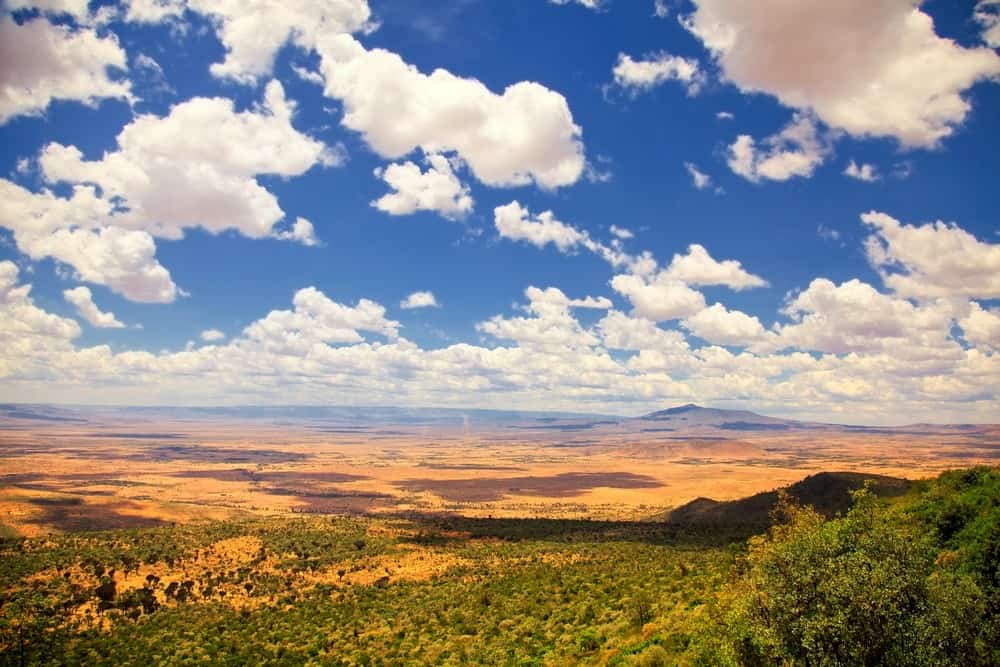
Where is the Great Rift Valley Located?
The Great Rift Valley is located in East Africa, from the northeastern part of the continent down to the southern region. It is one of the great tectonic features of Africa and is characterized by a series of rift basins and fault lines.
How Long is the Great Rift Valley?
The Great Rift Valley spans over 4,000 miles (6,400 kilometers) in a north-south direction.
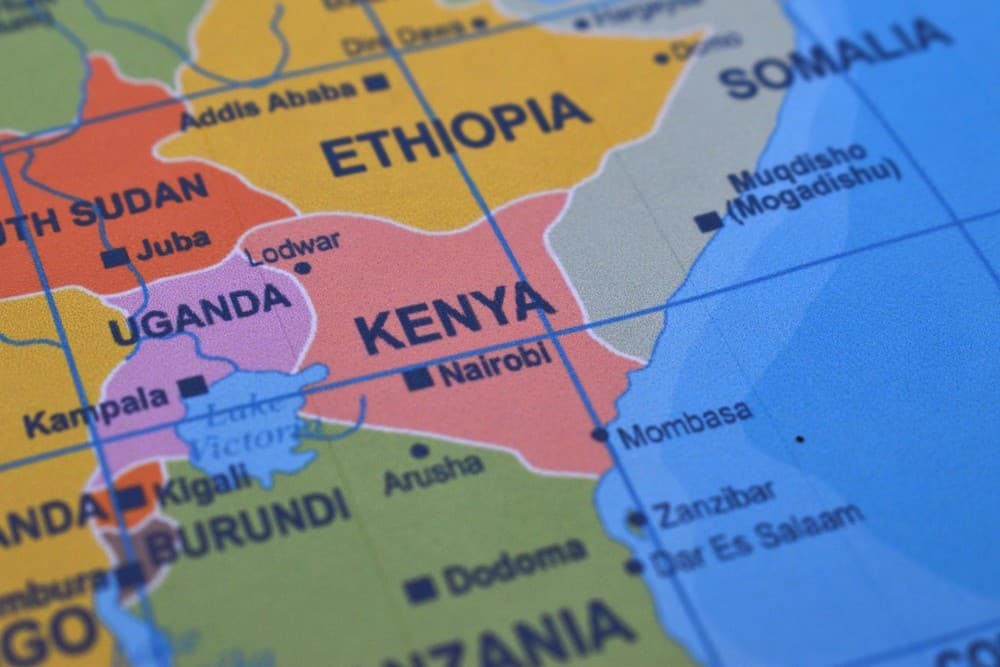
Where Does the Great Rift Valley Start and End?
The Great Rift Valley starts from Ehiopia in the north and extends southward through to Mozambique. It is one of the most extensive rifts on Earth’s surface.
What Countries Do the Great Rift Valley Run Through?
The East African Rift and Great Rift Valley run across many countries: Eritrea, Djibouti, Ethiopia, Kenya, Tanzania, Uganda, Rwanda, Burundi, Democratic Republic of the Congo (DRC), Malawi, Zambia, and Mozambique.
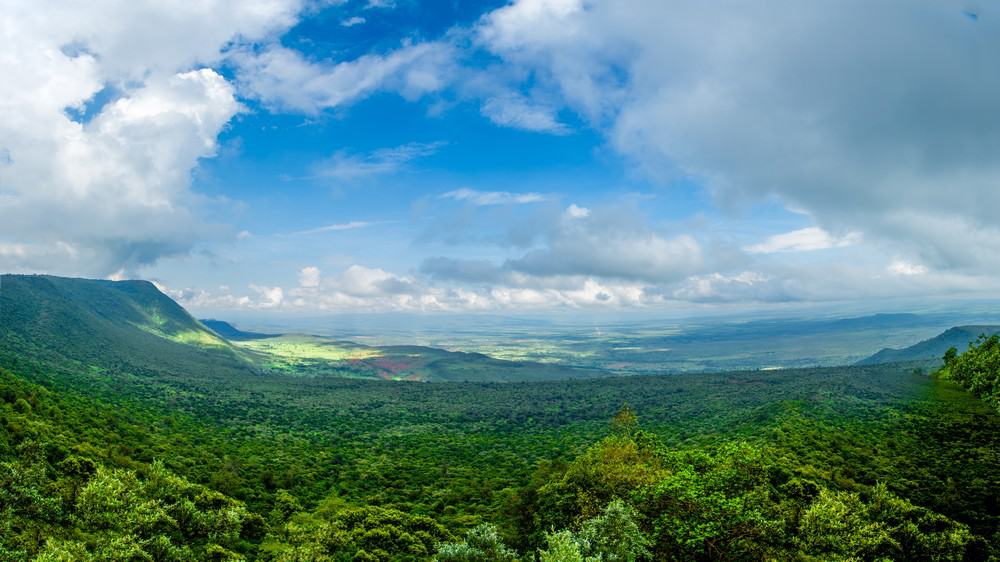
How Was the Great Rift Valley Formed?
The Great Rift Valley was formed due to the divergent tectonic plate movements involving the African Plate. The African Plate is splitting into two parts: the Nubian Plate to the west and the Somali Plate to the east. This splitting process, known as rifting, began in the Late Miocene era, around 25 to 30 million years ago.
The rifting process involves the stretching and thinning of the Earth’s lithosphere due to tectonic forces. As the plates pull apart, the crust becomes thinner, leading to volcanic activity where magma rises to fill the space. Over time, this process forms a rift valley, characterized by steep walls and a flat floor.
The Great Rift Valley comprises two main rift systems:

Eastern Rift Valley
The Eastern Rift is marked by numerous volcanoes and includes some of Africa’s highest mountains, such as Mount Kilimanjaro and Mount Kenya. This valley is narrower and deeper than its western counterpart and is known for its volcanic activity.
Western Rift Valley
The Western Rift, also known as the Albertine Rift, is home to some of the deepest lakes in the world, like Lake Tanganyika and Lake Malawi. This rift is less volcanic but features high escarpments and mountains.
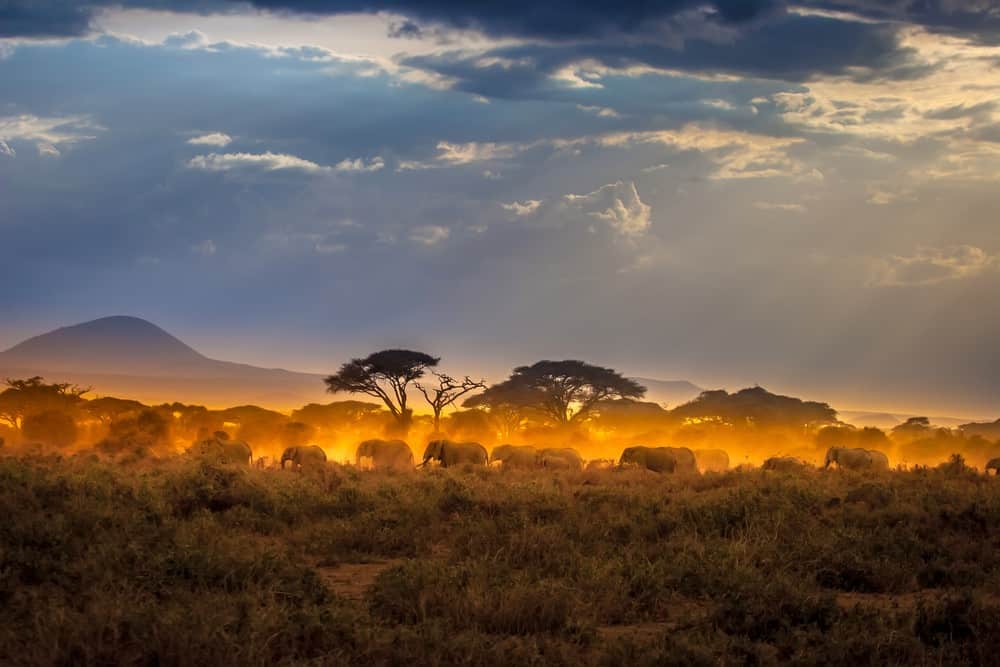
What Animals Live in the Great Rift Valley?
The rift valleys harbor an extraordinary array of ecosystems, ranging from savannas and woodlands to mountain forests and freshwater lakes. This diversity makes the Great Rift Valley a hotspot for biodiversity.
The region is teeming with wildlife, including numerous endemic species. The lakes of the rift valley are renowned for their unique fish populations, particularly cichlids. The surrounding lands are home to a plethora of African wildlife, including elephants, lions, gorillas, and rhinoceroses.
Wildlife Parks and Conservation Areas
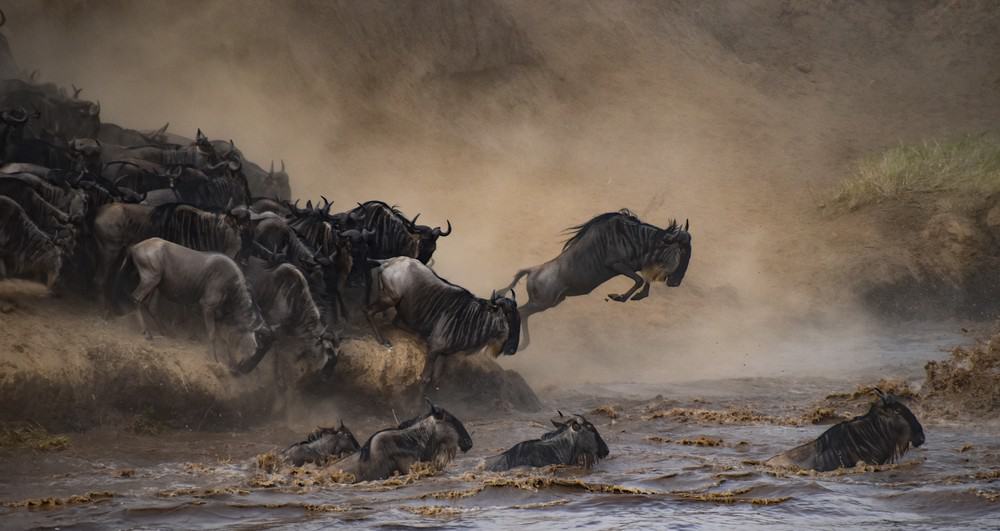
The Great Rift Valley is home to numerous wildlife parks and conservation areas including:
- Serengeti National Park, Tanzania: Famous for the annual wildebeest migration, the Serengeti is one of the most renowned wildlife sanctuaries in the world. It is located in the Western Rift and is home to a vast array of wildlife, including the Big Five (lion, leopard, elephant, buffalo, and rhino).
- Ngorongoro Conservation Area, Tanzania: Situated adjacent to the Serengeti, the Ngorongoro Conservation Area includes the Ngorongoro Crater, a large volcanic caldera teeming with wildlife. It’s a unique ecosystem with an incredible density of wildlife, including the endangered black rhinoceros.
- Maasai Mara National Reserve, Kenya: Bordering the Serengeti in Tanzania, the Maasai Mara is part of the same ecosystem and is famous for its exceptional population of lions, leopards, cheetahs, and the annual migration of zebra, Thomson’s gazelle, and wildebeest.
- Queen Elizabeth National Park, Uganda: Located in the Western Rift, this park is known for its diverse ecosystems, including savanna, wetlands, and forests. It’s home to the famous tree-climbing lions and a vast array of bird species.
- Virunga National Park, Democratic Republic of Congo (DRC): Situated in the Albertine Rift, Virunga is Africa’s oldest national park and is known for its mountain gorillas, active volcanoes, and diverse habitats.
- Rwenzori Mountains National Park, Uganda: Also in the Albertine Rift, this park covers the highest parts of the Rwenzori mountain range and offers unique montane and glacial landscapes. It is a haven for hikers and those interested in high-altitude ecosystems.
- Lake Nakuru National Park, Kenya: Known for its thousands of flamingos nesting along the shores of Lake Nakuru, this park is located in the Eastern Rift and also hosts a large population of rhinoceros.
- Amboseli National Park, Kenya: Situated near the Tanzanian border, Amboseli is famous for its large herds of elephants and stunning views of Mount Kilimanjaro. It lies just south of the Eastern Rift.
- Lake Manyara National Park, Tanzania: Known for its diverse ecosystems, including its alkaline lake and dense woodlands, Lake Manyara is a sanctuary for a wide variety of wildlife, including elephants, hippos, and tree-climbing lions.
- Bwindi Impenetrable National Park, Uganda: Located near the Albertine Rift, Bwindi is renowned for gorilla trekking, as it’s home to many of the remaining mountain gorillas. The dense forest provides a unique setting for wildlife and bird watching.
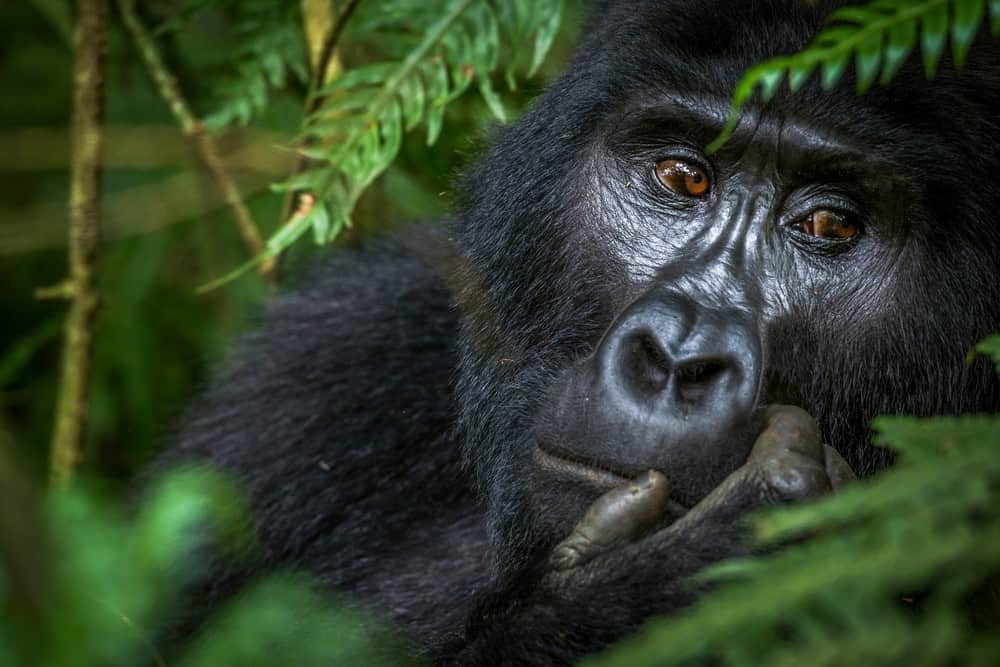
What Plants Live in the Great Rift Valley?
The Great Rift Valley is home to an equally diverse range of plant life.
The Great Rift Valley is recognized as a biodiversity hotspot due to the high degree of endemism. Many plant species found here are not seen anywhere else in the world, making the region crucial for global biodiversity conservation.
Tropical Forests
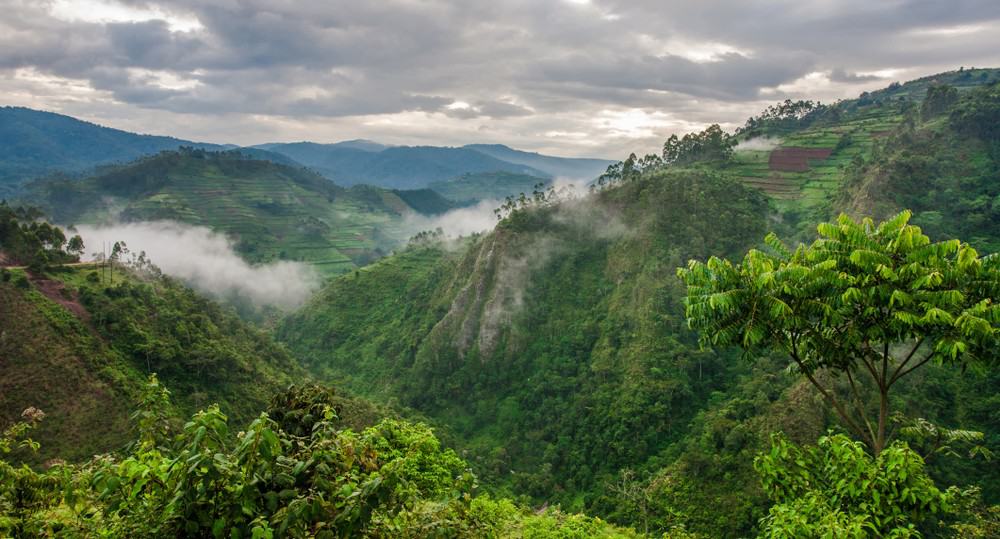
In the higher and wetter regions, particularly in the Western Rift Valley, lush tropical rainforests thrive. These forests are characterized by towering trees, dense undergrowth, and a multitude of epiphytes (plants that grow on other plants). Species like the African mahogany, ebony, and various species of figs dominate these areas. The forest floors are teeming with ferns, orchids, and a variety of herbaceous plants.
Savannahs and Grasslands
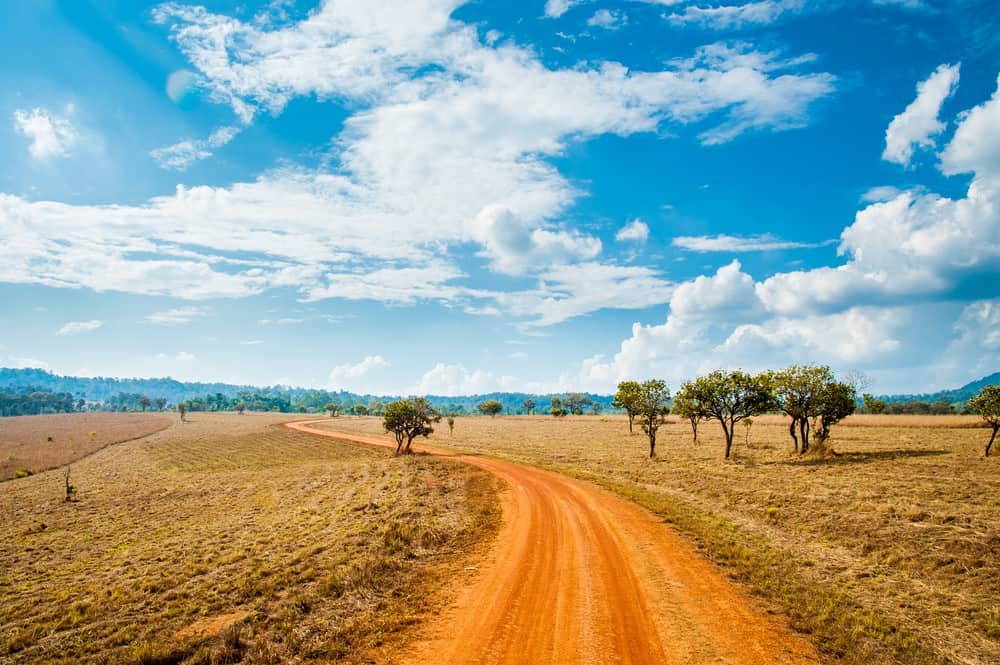
The savannah regions, particularly prominent in the Eastern Rift Valley, are characterized by vast grasslands dotted with acacia trees. This biome is adapted to a climate with prolonged dry periods and is dominated by grass species like Themeda, Panicum, and Cynodon. Interspersed among these grasses are shrubs and trees such as the baobab, marula, and various species of Acacia and Commiphora.
Alpine and Afroalpine Zones
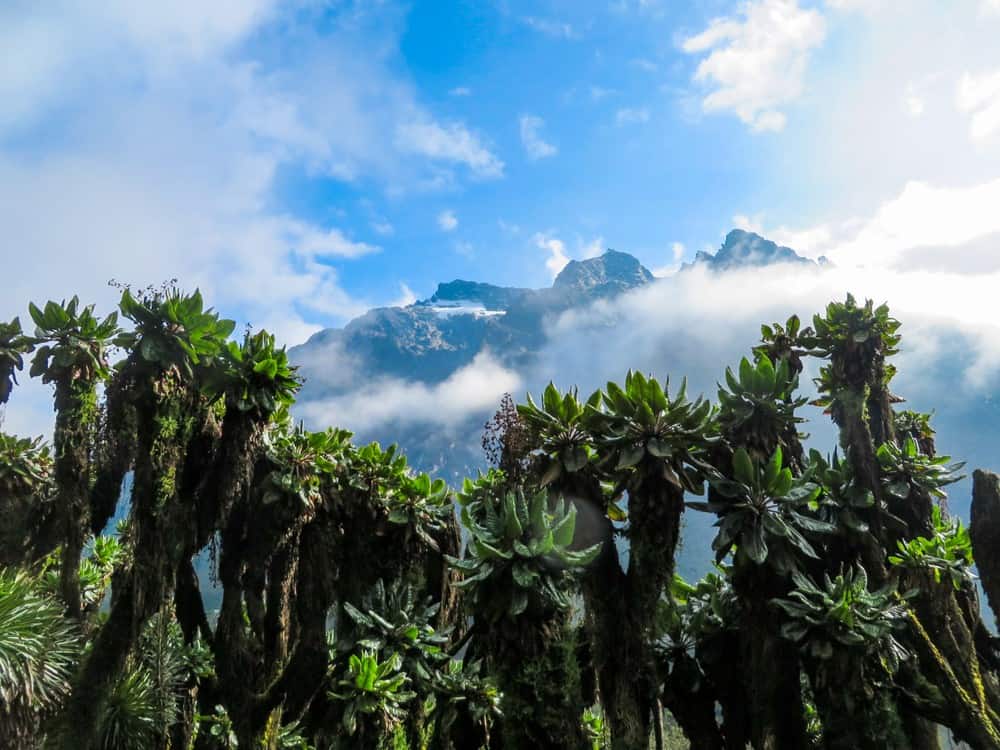
The alpine regions of high-altitude mountains like Kilimanjaro, Mount Kenya, and the Rwenzori Mountains harbor unique flora. The afroalpine zone is known for its remarkable giant rosette plants, such as the giant lobelias and groundsels (Senecio species), which have adapted to the harsh, cold conditions of high altitudes.
Rift Valley Lakeshores
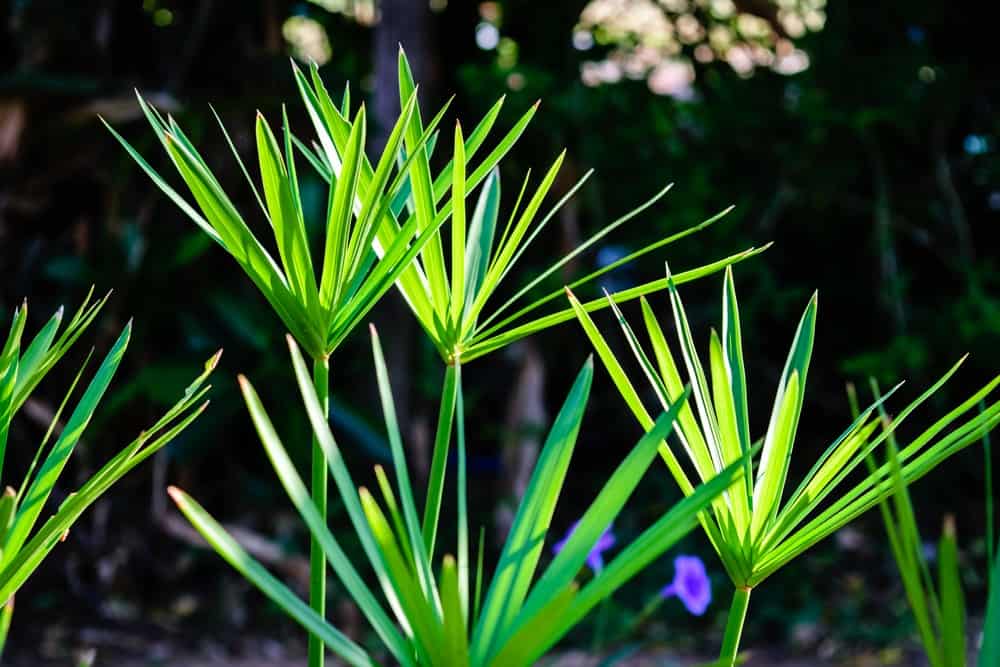
Along the shores of the numerous lakes in the Rift Valley, aquatic and semi-aquatic plants flourish. Papyrus swamps and reed beds dominate these wetland areas, providing habitat for numerous bird species and other wildlife.
Why is the Great Rift Valley Important in Human Evolution?
The Great Rift Valley is often referred to as the “Cradle of Mankind.” The region’s rich fossil record, especially in the Afar region and Olduvai Gorge, has been pivotal in studying human evolution.
The area’s diverse landscapes likely contributed to the human evolutionary process. These changing environments forced early hominins to adapt, leading to the development of bipedalism, tool use, and larger brain sizes.
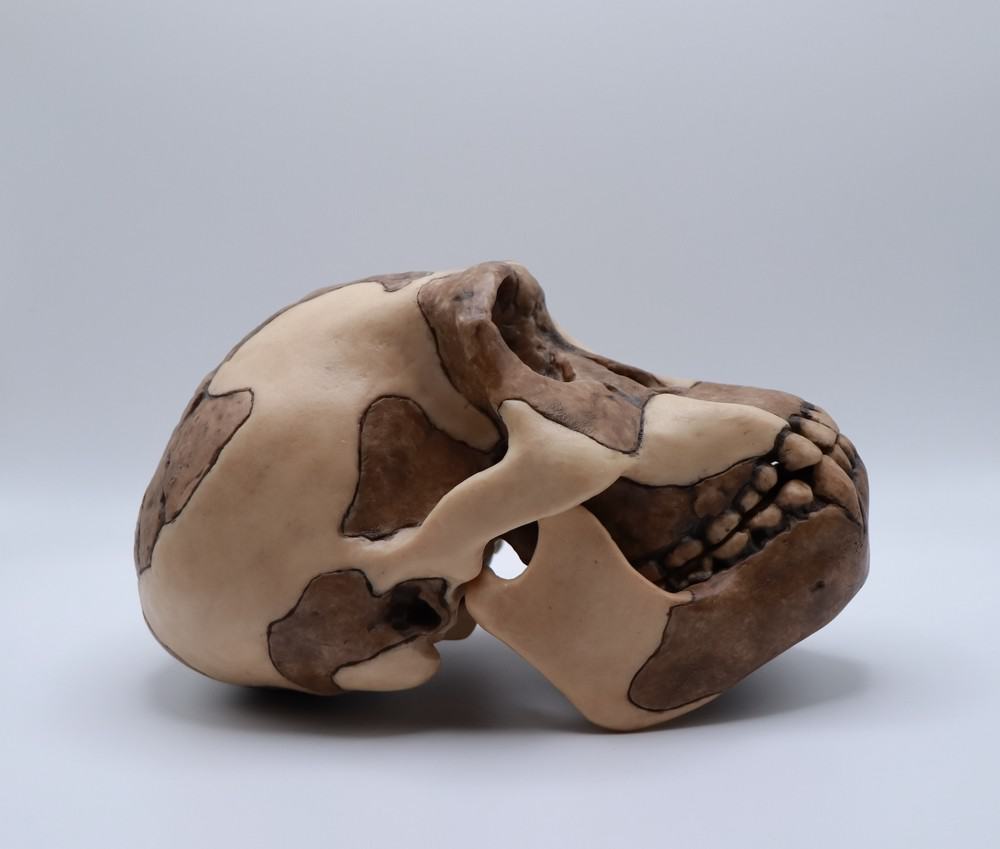
Numerous significant archaeological and paleontological discoveries have been made here, including the famous Lucy (Australopithecus afarensis), Homo habilis, and Homo erectus fossils. These findings have been instrumental in understanding the evolutionary history of humans. These records represent key stages in human evolution, showcasing traits that distinguish humans from other primates.
Beyond fossils, the EAR region has yielded numerous archaeological sites containing evidence of early human life, including stone tools, indicating advances in technology and cognitive development.











































